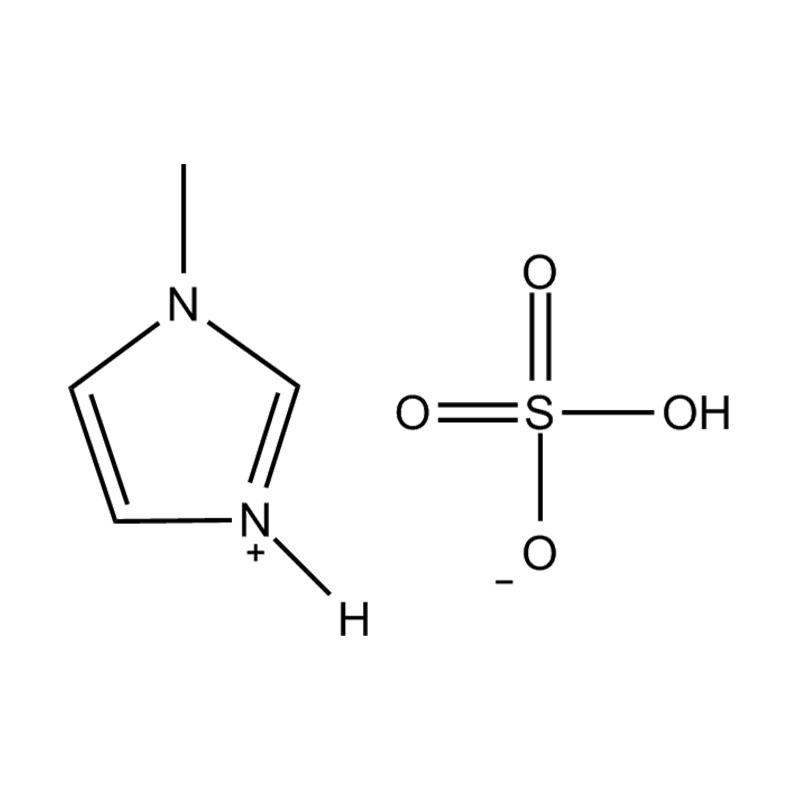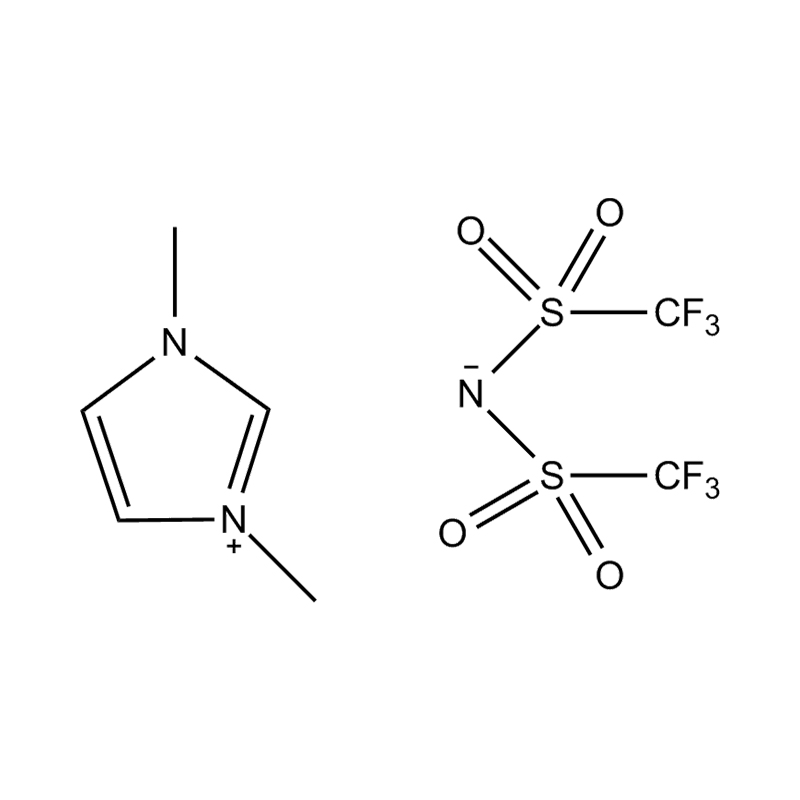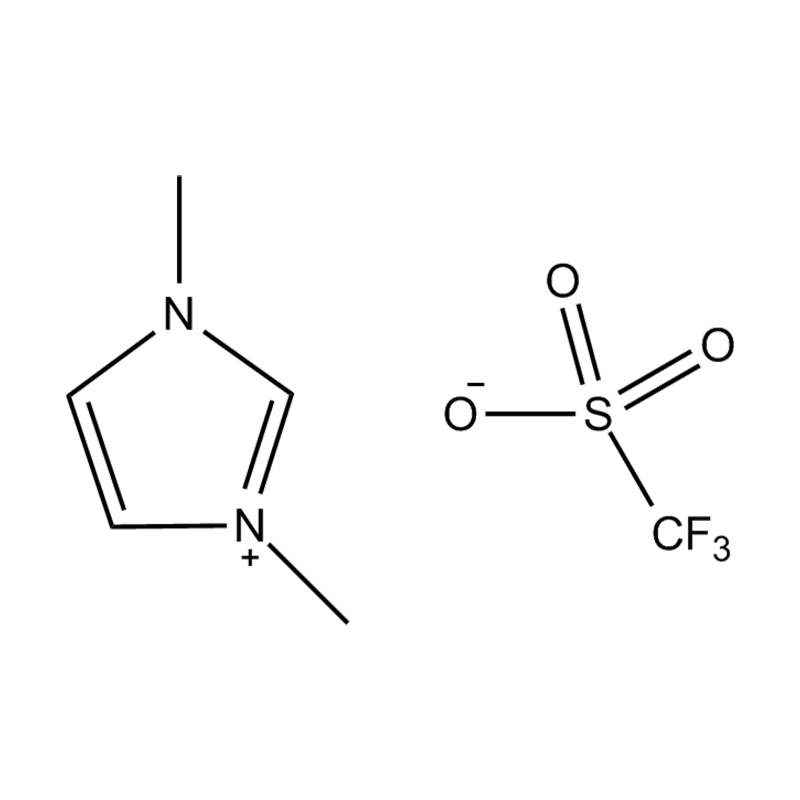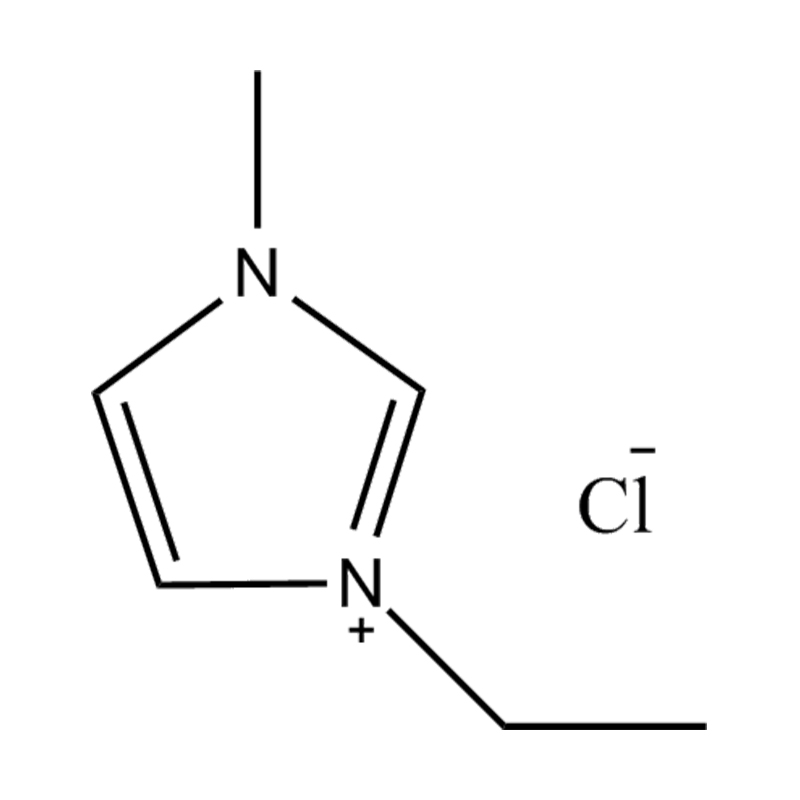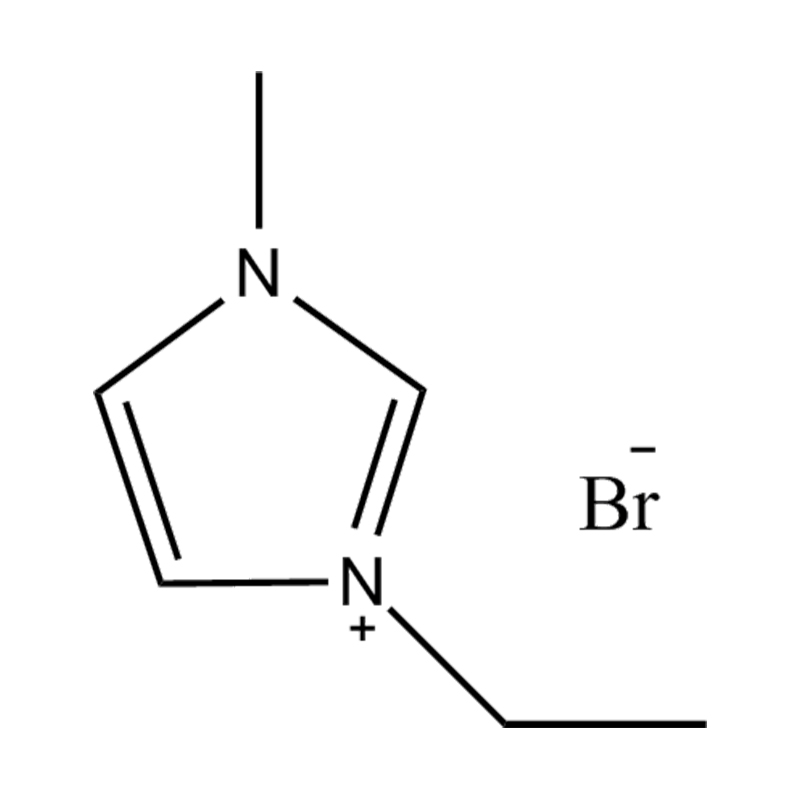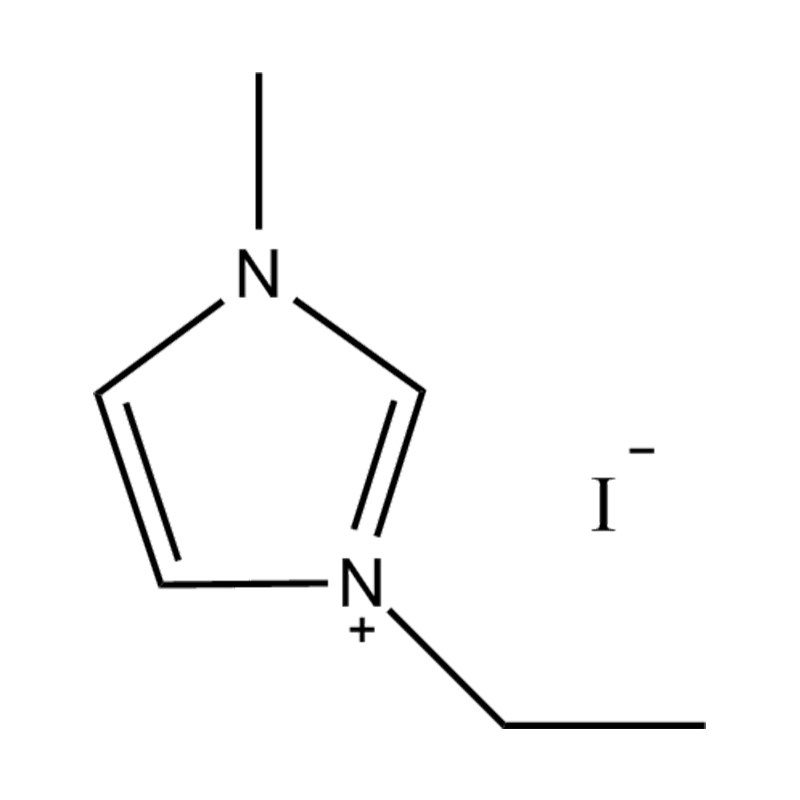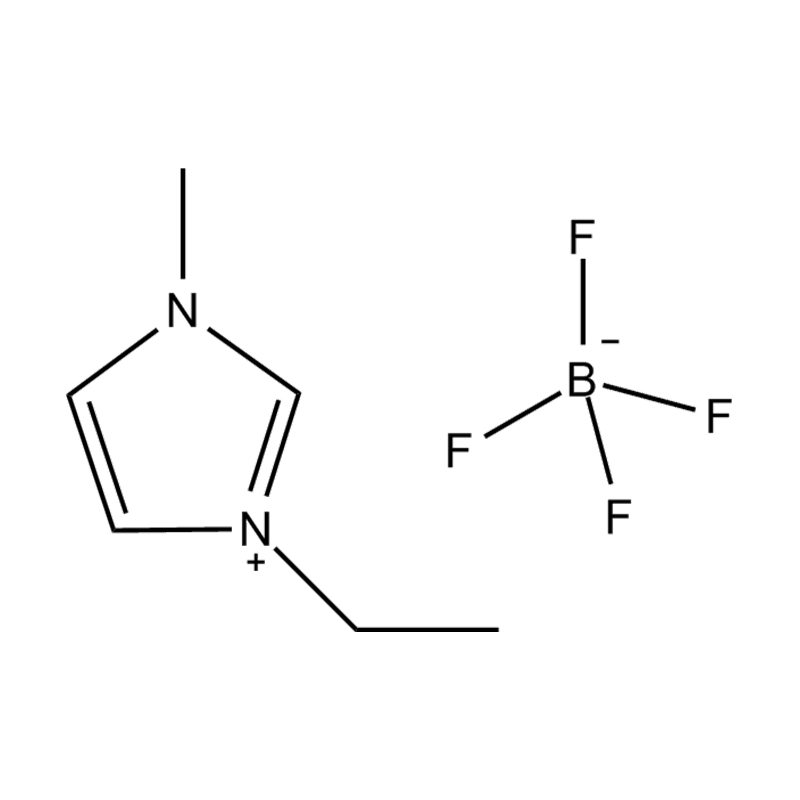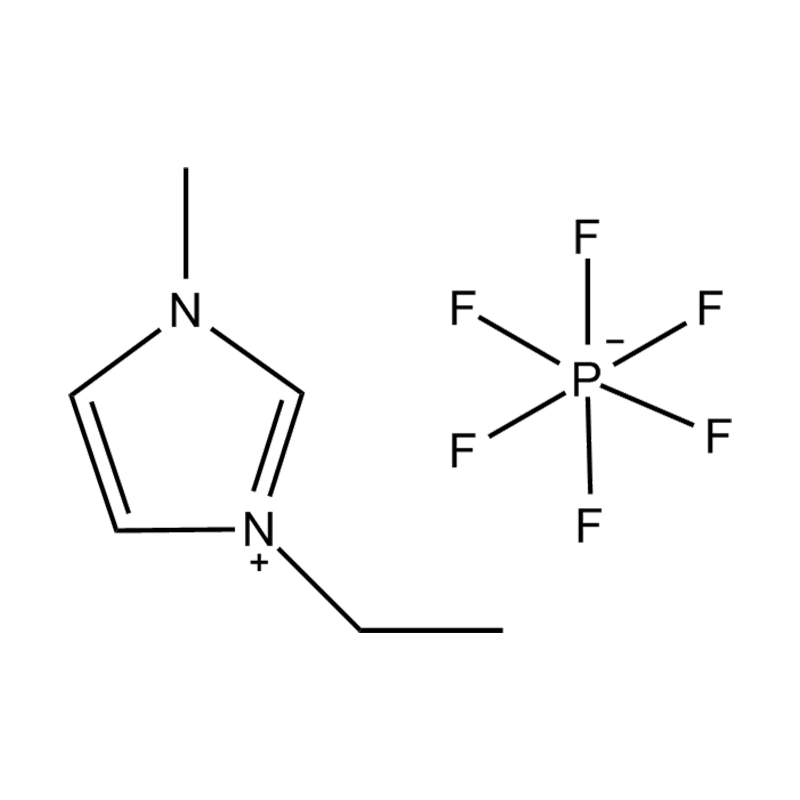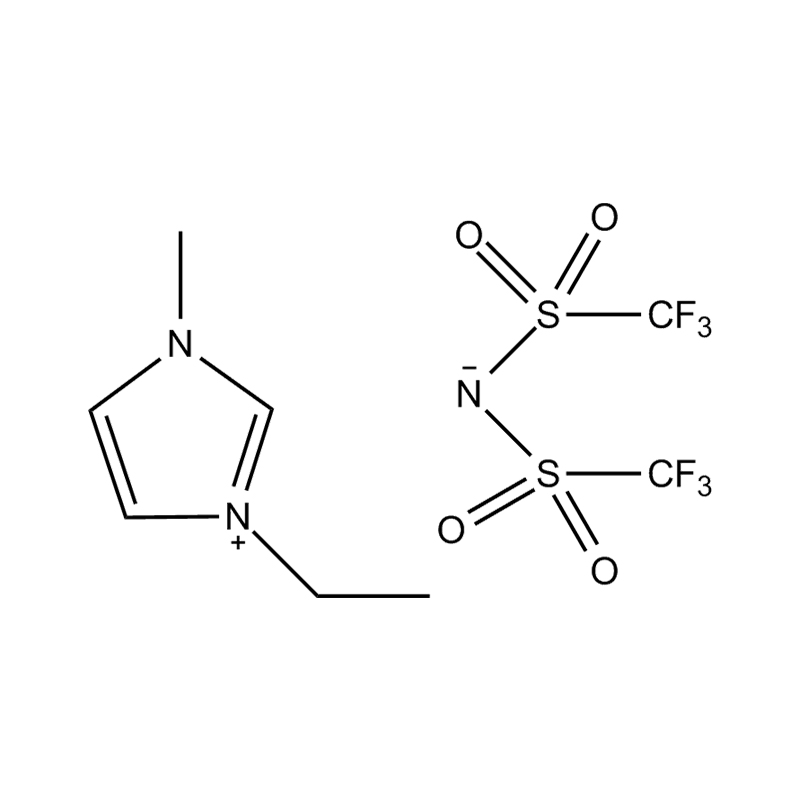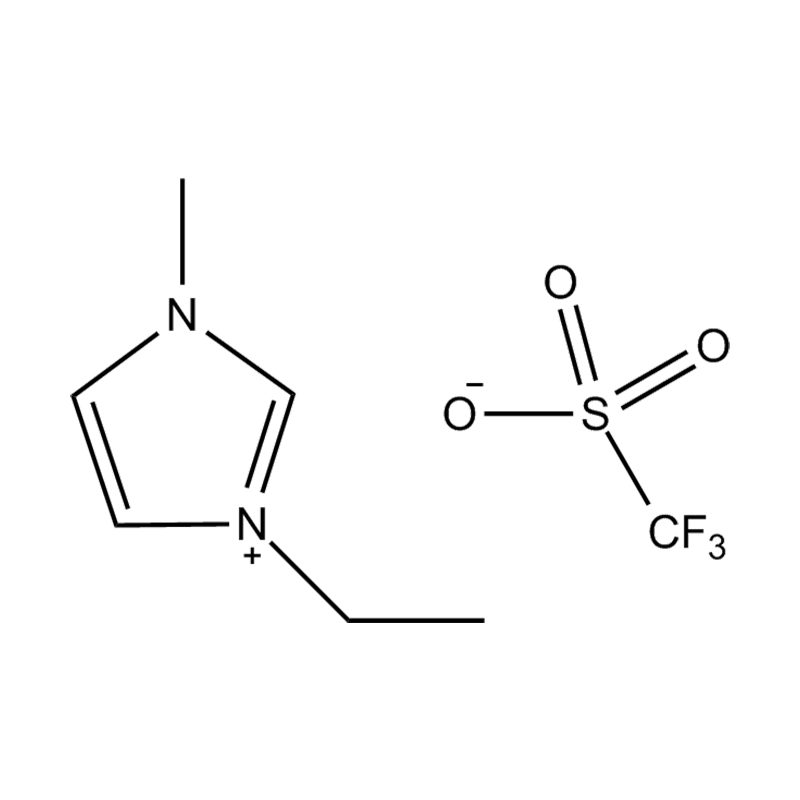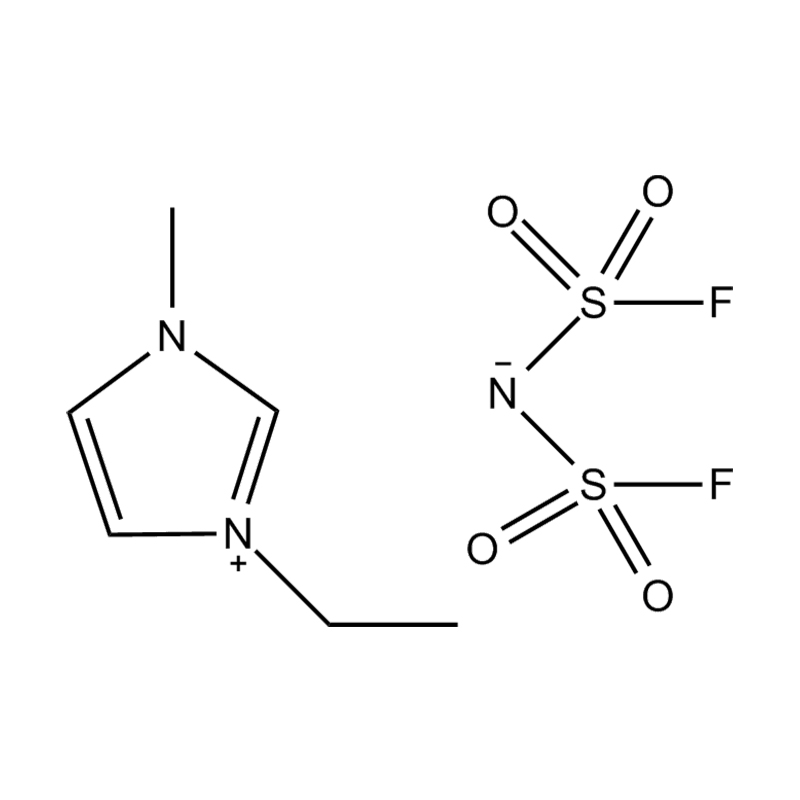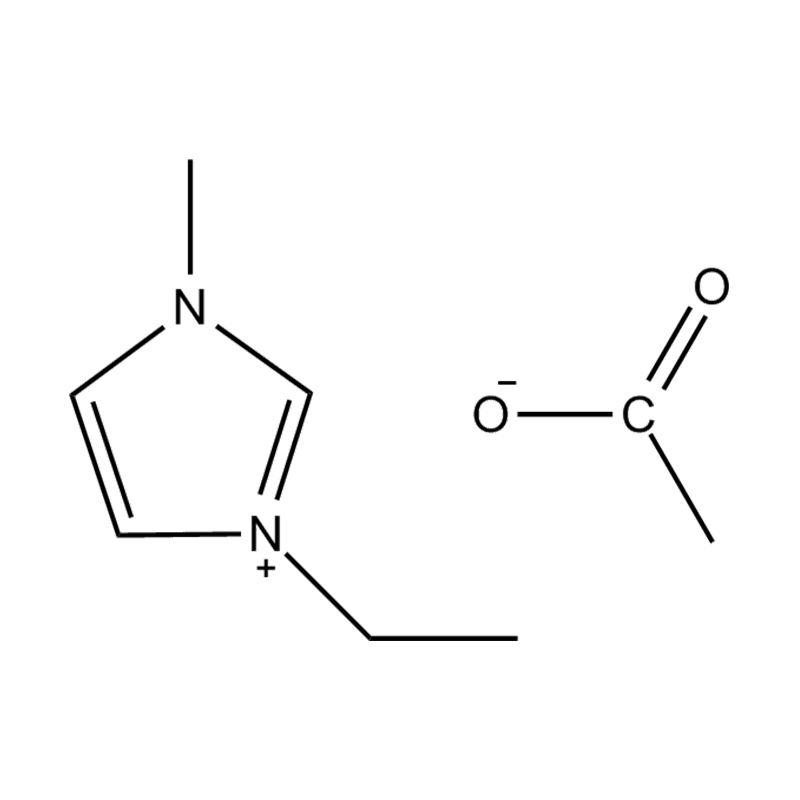Pyridine ionic liquids (PILs), among the earlier generations of ionic liquids studied, have attracted attention for their structural simplicity and tunable properties. Composed of a pyridinium cation and a diverse range of anions, these compounds offer a versatile platform for exploring the fundamental chemistry of ionic liquids. However, the practical application of PILs has been constrained by certain physicochemical limitations—most notably their relatively high melting points. This article examines the key structure–property relationships that define PIL behavior and evaluates their potential across various chemical and industrial applications.
Structural Characteristics
The defining feature of pyridine ionic liquids lies in their cationic framework. The cation is typically an N-alkylpyridinium ion, where the alkyl chain length can vary (e.g., ethyl, butyl, hexyl, or octyl). The nature of this substituent directly influences the physical properties of the resulting ionic liquid, such as viscosity, thermal stability, and melting point. Shorter alkyl chains typically result in stronger ionic interactions and increased crystallinity, leading to higher melting points. In contrast, longer chains increase hydrophobicity and can suppress crystallinity, potentially lowering the melting point.
On the anionic side, PILs incorporate a wide range of counterions, including:
Halides: chloride (Cl⁻), bromide (Br⁻)
Fluorinated anions: tetrafluoroborate (BF₄⁻), hexafluorophosphate (PF₆⁻), bis(trifluoromethanesulfonyl)imide (NTf₂⁻)
Each anion confers specific thermal, chemical, and solvating characteristics. For instance, NTf₂⁻ is known for imparting low viscosity and high thermal stability, making it particularly attractive for high-temperature and hydrophobic systems.
Physicochemical Properties
The physicochemical properties of PILs are closely tied to the interplay between the cation and anion. The melting point, often higher than that of other common ionic liquids such as imidazolium or pyrrolidinium derivatives, is a critical limiting factor. This is largely attributed to the planar aromatic nature of the pyridinium ring, which encourages strong π-π stacking and ordered packing in the solid state.
Despite this, pyridine ionic liquids exhibit favorable traits in several respects:
Thermal Stability: Many PILs decompose at temperatures above 200°C, making them suitable for high-temperature applications.
Electrochemical Window: They often show a wide electrochemical window, important for electrochemical applications.
Solvation Ability: Depending on the anion, PILs can dissolve a range of organic, inorganic, and polymeric substances.
Structure–Property Relationships
Understanding the structure–property relationships in PILs is crucial for tailoring their behavior to specific tasks. Key relationships include:
Alkyl Chain Length vs. Viscosity and Melting Point: Increasing the alkyl chain length generally reduces the melting point but increases the viscosity.
Anion Type vs. Hydrophobicity and Stability: Fluorinated anions such as PF₆⁻ and NTf₂⁻ improve thermal and electrochemical stability, while halides provide higher conductivity but lower thermal robustness.
Cation Planarity vs. Solid-State Packing: The planar nature of the pyridinium ring contributes to higher melting points due to stronger ionic lattice formation.
Application Scope
Although not as extensively applied as other ionic liquids, pyridine ionic liquids have shown potential in several niche and emerging areas:
Electrochemical Systems
Due to their ionic conductivity and electrochemical stability, PILs are candidates for electrolytes in batteries, capacitors, and fuel cells. The tunability of both cation and anion structures allows for optimization in specific voltage and conductivity regimes.
Catalysis and Reaction Media
PILs have been investigated as solvents and co-catalysts in organic reactions, especially in transformations that benefit from ionic media with low volatility and good thermal endurance.
Extraction and Separation Technologies
The selective solubility of PILs enables their use in liquid-liquid extraction systems for metal ions, organic pollutants, and biomolecules.
Material Processing and Polymerization
Some studies explore PILs as solvents or additives in polymerization reactions, benefiting from their polarity and thermal properties.
Challenges and Outlook
The key challenge limiting broader adoption of PILs remains their relatively high melting points, especially for those with short alkyl chains and simple halide anions. Strategies to address this include the use of asymmetric alkyl groups, incorporation of bulky or flexible anions, and the synthesis of PIL-based mixtures or eutectic systems.
Future developments may also focus on functionalizing the pyridinium ring with additional reactive or coordinating groups to enable specific interactions in catalysis, sensing, or molecular recognition. With increasing demand for environmentally benign and structurally diverse solvents, renewed interest in pyridine ionic liquids is anticipated.
Pyridine ionic liquids offer a structurally rich and functionally tunable class of compounds within the broader family of ionic liquids. While their use is currently constrained by thermal properties, ongoing research in structure–property optimization could unlock a broader range of applications. Their unique electrochemical characteristics, solvation behavior, and modular design make them promising candidates for specialized applications in electrochemistry, catalysis, and materials processing.


 English
English Deutsch
Deutsch Español
Español 中文简体
中文简体


